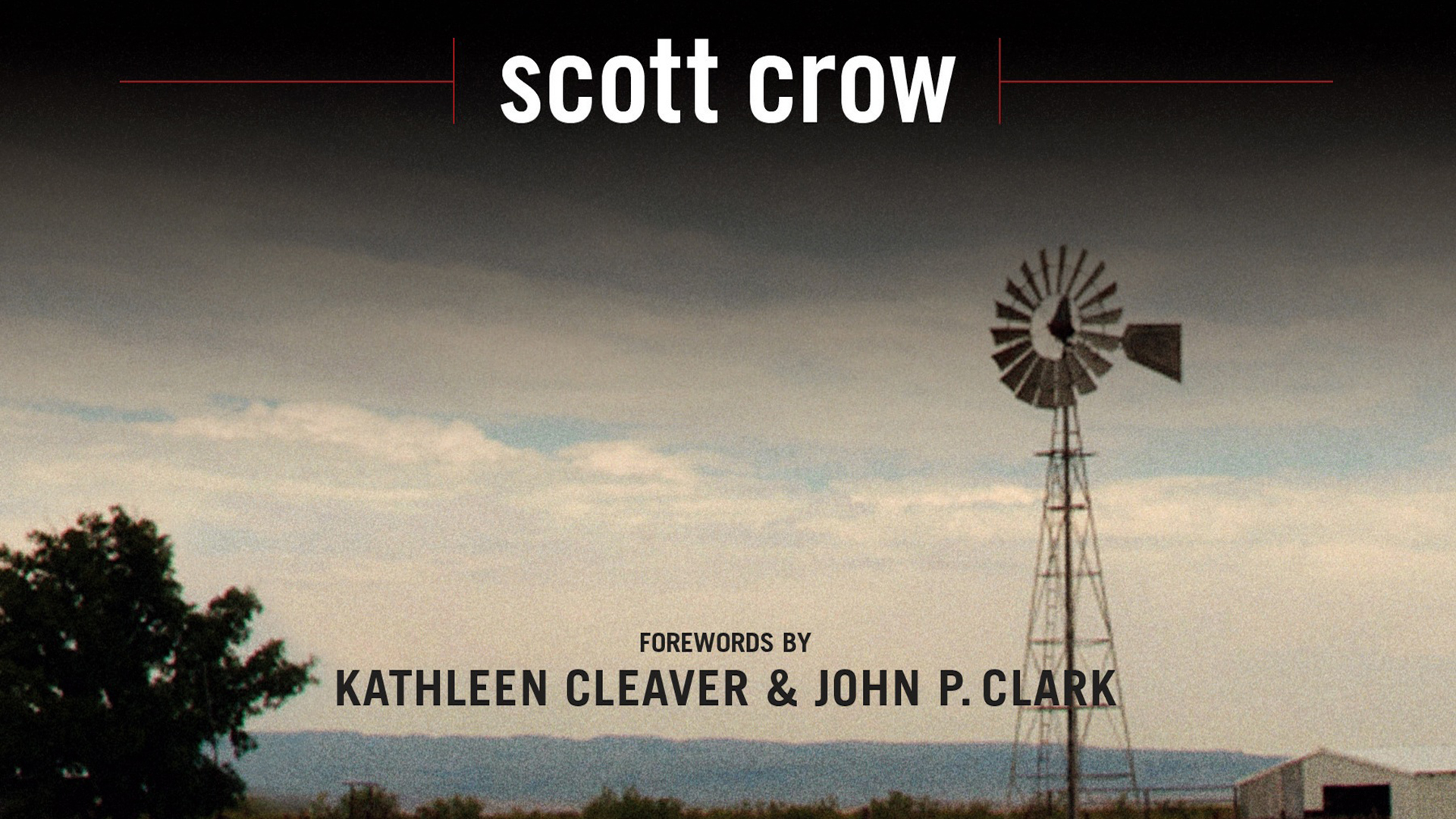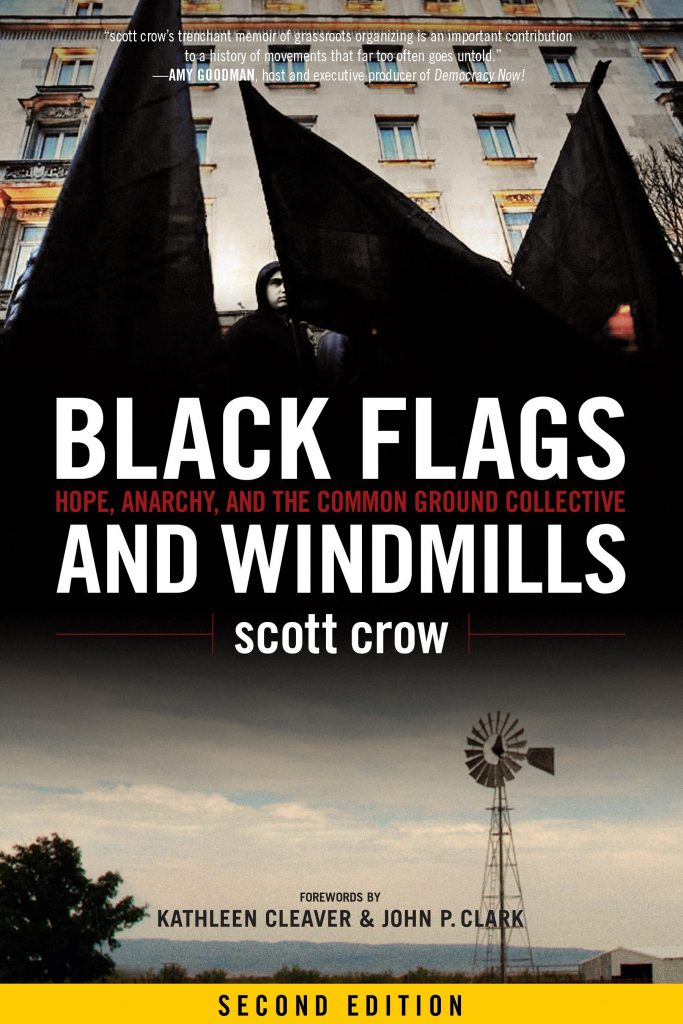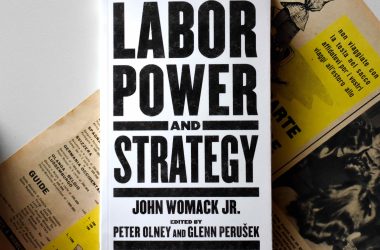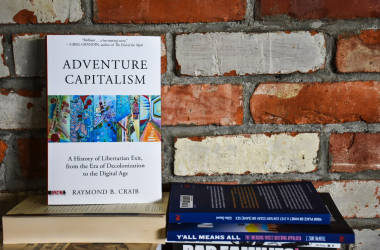The Anvil
February 19, 2012
We
could create change and resist the destruction that they wrought on the
world. I felt joy and hope in all the possibilities we could continue
to create, rebelling against their hallowed message that we should give
up and give in.
I had to climb the hillside to see what was on the other side.
Once
I did, I saw the giants everywhere. I continued onward with curiosity
and courage. I saw others doing the same and many of us walked together
in mutual support (42).
From Rousseau’s infamous noble savage to a
fascination with tourism, western capitalist society has found many
ways to both maintain and exploit the image of some people as Other. One
of the more pernicious flavors of this is to see some people as more
authentic, more in touch with their humanity and their experience. This
increased authenticity can be attributed because they have suffered
more, or because they are not seen as fitting into the model of the
Normal Person ™ (who is supposed to be some combination of [sub]urban,
white, middle class, straight, certified sane, etc). A particular kind
of interest in folk art is part of this alienation.
In Europe,
psychiatric collections, mediumistic art work, and paintings by
autodidacts such as Alfred Wallis (1885-1942) and Henri “le Douanier”
Rousseau (1844-1910) were held aloft by modernists, along with colonial
plunder from Africa and the Americas as salvation from
industrialization’s increasing ravages (Gale 1999:16 and 17). Across the
Atlantic, a similar fascination with “naive” expression was taking
place. Championing the romanticized notion of a fast-fading authenticity
inherent in Anglicized American heritage, certain collectors, scholars,
gallerists, and museum professionals turned their attentions to folk
traditions.
The definition for folk art is quite contested:
how is it distinct from crafts (or is it)? What is its relationship to
fine art and schools of art and art schools? Must it be completely
untouched by the art market, or can folk pieces be in dialog with fine
art pieces? Can fine artists do folk art? Should folk art be an umbrella
term that includes naïve art, art brut1, tribal art, tramp art,
self-taught art, etc, or is it a thing distinct from any of those? And
so on.
For our purposes, wikipedia gives a reasonable entry:
Folk art
a)
encompasses art produced from an indigenous culture or by peasants or
other laboring tradespeople. In contrast to fine art, folk art is
primarily utilitarian and decorative rather than purely aesthetic
b)
expresses cultural identity by conveying shared community values and
aesthetics. It encompasses a range of utilitarian and decorative media
and
c) is practiced by people who have traditionally learned
skills and techniques through apprenticeships in informal community
settings, though they may also be formally educated
As with all
attempts to define a group as outside of capitalist, western, urban
values or experience, this can be read optimistically (the definers are
dissatisfied with the status quo and are reaching for something, trying
to understand the world in different ways), or pessimistically (the
definers are attempting to integrate all difference into the status quo,
to flatten differences even while they trumpet how “different” they
are).2 More to the point, the members of the given group are both inside
themselves and outside themselves at the same time. The Situationists
were brilliant in their analysis of the Spectacle as something that
divorces people from our own experience, an alienation that we are all
subject to, but that members of Otherized groups are subject to
differently. Vine Deloria’s article “Anthropologists and Other Friends”
is intense and paradigm-shattering in its depiction of the relationship
between anthropologists and the people-being-defined, negating (among
other things) the idea that any of us can be untouched by the society
that envelopes us.
Organizations like the National Endowment for
the Arts rightfully define folk art as art coming out of a specifically
identifiable tradition. Folk art is “learned at the knee” and passed
from generation to generation, or through established cultural community
traditions, like Hopi Native Americans making Kachina dolls, sailors
making macramé, and the Amish making hex signs. From the website for the
American Visionary Art Museum
Hopi-Native-Americans-making-Kachina-dolls (et al) are not just involved
in a deeply spiritual and practical effort that their people have done
for generations, they are also operating as Authentic Others within a
capitalist model. These two ways of existing are diametrically opposed –
are even mutually exclusive—and yet this paradox is embodied in these
Hopi (et al), and to varying degrees in all of us.
Our truck sped
along the highway, our thoughts in a tumult. Few cars moved our way,
apart from the occasional military vehicle. In the other direction, the
roadway was overflowing with evacuees. They began to look like refugees
from another place (45).
In Black Flags and Windmills (BF&W),
scott crow—the best known (or at least the most interviewed) of the
founding members of Common Ground Collective (CGC)—explains how he grew
up and in to a world view that promotes a certain way of looking at
race, class, disenfranchisement, responsibility, and privilege. BF&W
is a reflection of that world view—one that has been called variously
anti-racist, anti-colonialist, leftist—with many of its strengths and
weaknesses.
While the group had many contributors and
co-creators, it is fair to say that CGC (now a non-profit called Common
Ground Relief) was initiated by a local ex Black Panther, a local woman,
and an anarchist, in the immediate aftermath of Hurricane Katrina, when
New Orleans was traumatized; entire neighborhoods had been
emptied—sometimes through force; the government was demonstrably more
interested in controlling the behavior of those who were left, than it
was in meeting their needs. CGC, like many other efforts that seek to
serve people’s needs without government or NGO mediation, has been
lauded by some as an example of direct action, and criticized by some as
a charity. In fact it was probably both, depending on when and on which
people or subset of people one focuses on. Scott crow makes clear that
there was an ongoing negotiation between working with people who were
not anarchists, not used to dealing with anarchist horizontal process
and mostly probably not interested in learning to deal with it, and the
anarchists who made up most or sometimes all of the volunteers who were
coming in from outside the area. Differences that were not made any less
challenging by the different racial, economic, and cultural
compositions of the two groups.
Naïve art:
The main
characteristic of naïve art is a rejection, or strained relationship to,
the formal qualities of painting, especially the three rules of
perspective (as defined by painters of the Renaissance):
The rules of perspective are
1. decrease of the size of objects proportionally at distance,
2. enfeeblement of colors with distance,
3. decrease of the precision of details with distance.
The
lack of these characteristics leads to an equal accuracy brought to
details, including those of the background, which would be shaded off in
fine art paintings.
BF&W is an exercise in folk and naïve
art, because it is less a cohesive story (or even set of stories) than a
record of part of a conversation. The book does not abide by any of the
rules normal for books on any of the themes that it includes. It is
more than a memoir of CGC (it includes some of scott crow’s childhood)
but less than an autobiography—crow mostly discusses his childhood,
political development, and part of his life during the existence of CGC.
It includes a history lesson but only for a few disconnected and very
specific pieces of history, without a larger context (primarily the
Black Panthers and the Zapatistas). It is a political text by an
anarchist who seems to have been most inspired by non-anarchists. It is a
manual for disaster relief without much step by step information to
duplicate specific success(es). It is an adventure story about fighting
cops, vigilantes, snitches, and entitlement, as well as surviving the
environment, without a clear ending. People who already know a bit about
CGC might read this book for more information on Brandon Darby, who was
a significant part of the story for scott crow, and who gained
notoriety first from to his self aggrandizement, and later when he came
out as an informant to the FBI. However, where scott crow discusses
Darby, it has more to do with crow’s process of coming to terms with the
fullness of Darby’s perfidity, than it does with an analysis or
accounting of Darby’s behavior.
More fundamentally, the text does
not follow a single line at any point. All of the threads are woven
together in the way that spoken conversations sometimes flow, but that
seem quite random on paper. Because there are so many threads that all
seem to get equivalent attention, it’s hard to know which is foreground
and what background.
This conversational style, in which bits
from all the various themes are mixed together–biographical fragments
with stories about the Spanish Civil War and crow’s alliances with
ex-Black Panthers (a description that is featured heavily throughout the
book), etc–is so pronounced that it makes the book seem like something
new, perhaps a book that is for people who don’t read, who don’t like or
want to be limited by the patterns or habits in more traditional books.
So
Folk as a description operates here in two ways. First is that of “a
set of practices learned by watching other people,” in the sense that
crow learned his activism by watching and listening to ex-Black
Panthers, and from them received a particular take on identity, society,
and liberation that he faithfully represents here, even when it is in
conflict with much of anarchist thought. In a chapter called Of
Anarchists, Panthers, and Zapatistas, crow explains his own eventual
embrace of the label anarchist (after rejecting it initially because of
his distaste for punk anarchists in his youth), when he decided “it was
time to shock the political system.” For some it will be odd that in
this chapter the examples of actual action that he uses are two groups
that have no anarchist affiliation at all.
It is not hard to find
criticism of the authoritarian practices of many within the Black
Panther Party; one example is this quotation from Paul Glavin’s friendly
review of Liberation, Imagination, and the Black Panther Party (edited by Kathleen Cleaver—who wrote the preface to BG&W—and George Katsiaficas).
The
authoritarian, top-down structure of the Panthers, combined with their
reliance on Marxism-Leninism-Maoism, is objectionable from an
anti-authoritarian perspective. The Panthers saw themselves as a
vanguard Marxist-Leninist style Party with hierarchical ranks and they
were influenced by Mao. For example, Michael L. Clemons and Charles E.
Jones’s essay, “Global Solidarity,” points out that fifty percent of BPP
political education classes were devoted to Mao’s Little Red Book. Key
members were given State titles, such as Minister of Information and
Minister of Defense.
In this collection, Mumia argues it is hard
to generalize about the BPP because it had many offices and a diverse
membership reflecting regional and cultural differences. Yet by the
1970s the BPP did become increasingly authoritarian and centralized
(http://www.newformulation.org/1pantherinsurgency.htm).
And the
Zapatistas, as exciting as they have been for people looking to create
mass movements, are themselves not even anti-state.
The EZLN has
not hidden their agenda. Their aims are clear already in the declaration
of war that they issued at the time of the 1994 uprising, and not only
are those aims not anarchist; they are not even revolutionary. In this
declaration, nationalist language reinforced the implications of the
army’s name. Stating: “We are the inheritors of the true builders of our
nation”, they go on to call upon the constitutional right of the people
to “alter or modify their form of government.” They speak repeatedly of
the “right to freely and democratically elect political
representatives” and “administrative authorities”. And the goals for
which they struggle are “work, land, housing , food, health care,
education, independence, freedom, democracy, justice and peace.” In
other words nothing concrete that could not be provided by capitalism.
Nothing in any later statement from this prolific organization has
changed this fundamentally reformist program. Instead the EZLN calls for
dialogue and negotiation, declaring their willingness to accept signs
of good faith from the Mexican government.
From THE EZLN IS NOT ANARCHIST
crow’s
book exemplifies a conundrum for a particular kind of anti-racist
activist, which is the question of how much one constrains their ideas
to fit into models that have been approved by people of color. When one
is an activist, as crow decidedly is, the models of the panthers and the
zapatistas are too practical and successful (within limits) to be
denied. But if anarchy is something more than a set of tactics, then one
must admit that anarchy is impractical. It is not practical to have a
beautiful vision of the potential in all of us, a potential that demands
the overthrow of so much that so many take for granted or in fact
demand. This dilemma continues to be acted out in many people’s
political activities and organizations, and the scott crow book is
(among other things) a story of the balancing that he was trying to do
between its horns. “Anarchism means not waiting for the other to do
something. It means knowing what the right thing to do is, recognizing
we have the power to do it, then doing it” (73).
But Folk can
also apply to the way that a work is understood to be outside of
institutions; counter to what is considered learned or erudite; easy for
the Common Folk to understand.
When the point of a work is to
replicate cultural norms that are not scholastic or outside of a
particular form-of-life, to be—for example—accessible to a group of
people who are not used to reading, then the conversational flow and
familiar language will be a comfort and an encouragement. These might be
the people who take the story of Don Quixote’s windmills as an
expression of hope and a refusal to concede, rather than as a sign of an
old man’s delusion.
Reading this book brought up for me questions of habit and form, formality and structure.
Arguably,
scott crow took the format—papers bound together with glue and a
cover—and made it his own. A practice that egoists, among others, might
be able to appreciate.
1. aka outsider or visionary art—i.e. art by people who are considered insane or far outside of social convention)
2. Of course both pessimistic and optimistic views are true simultaneously.







